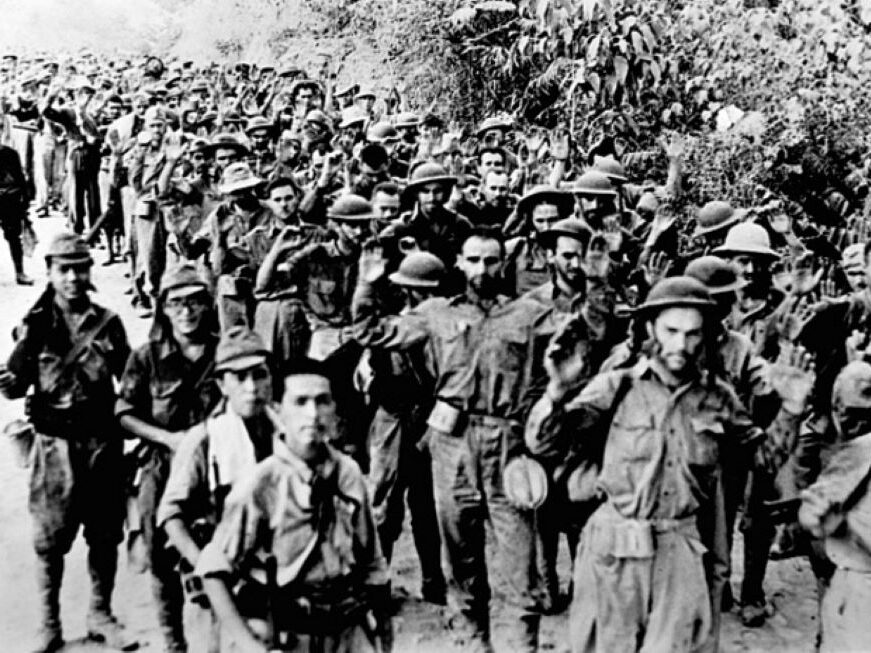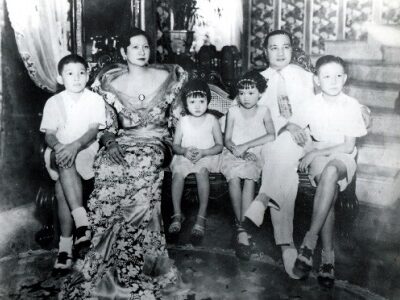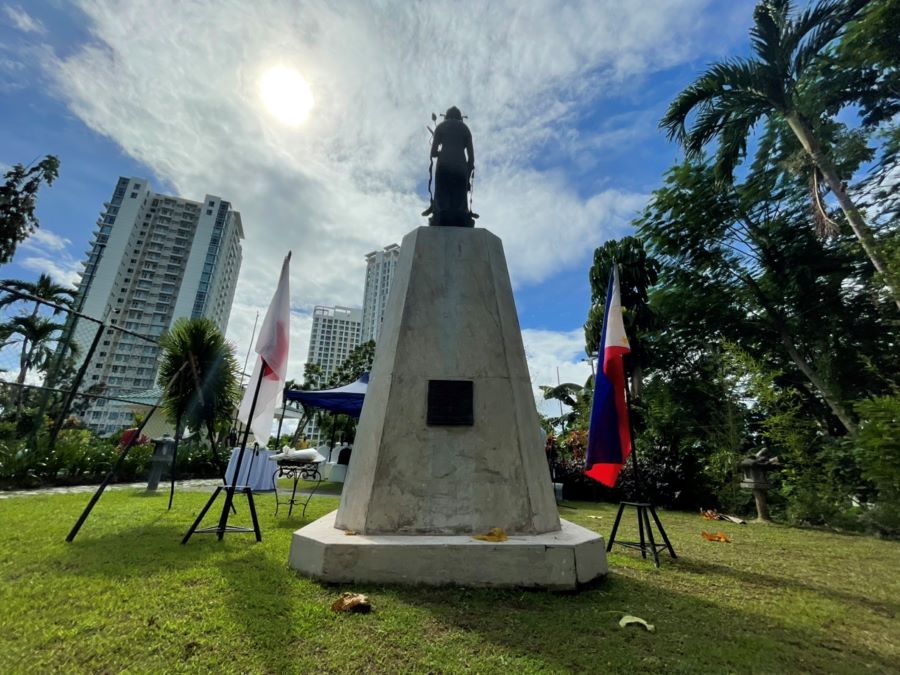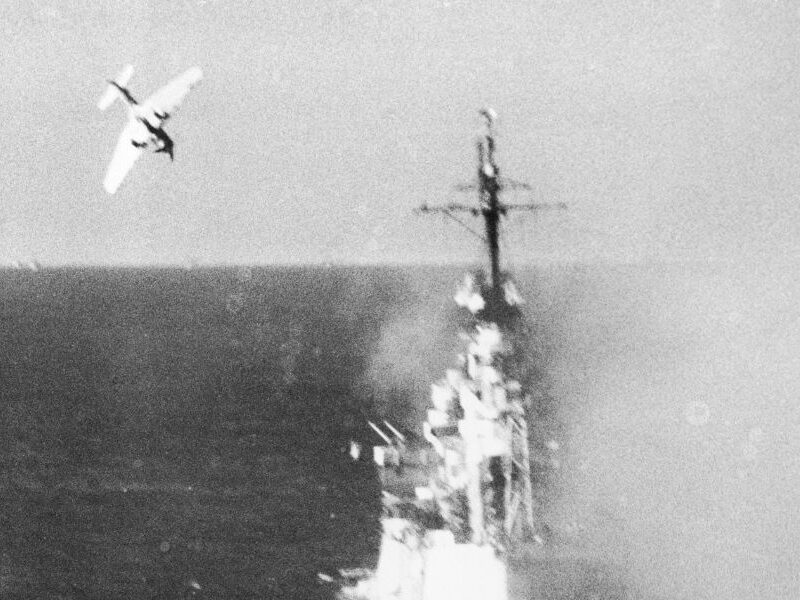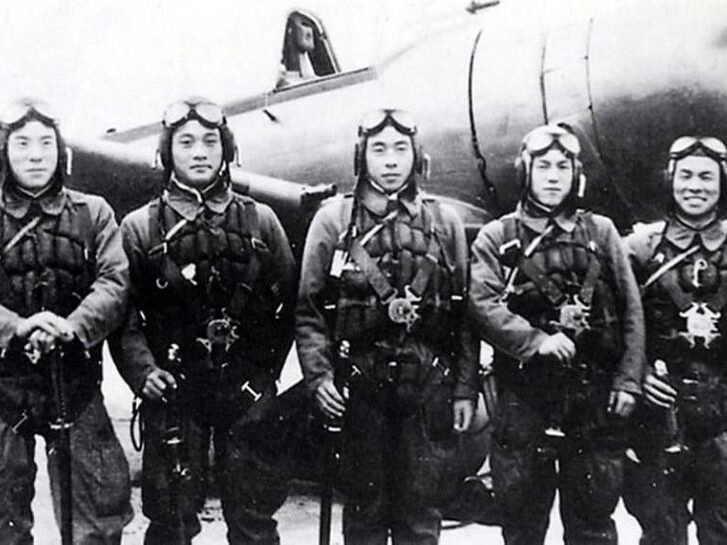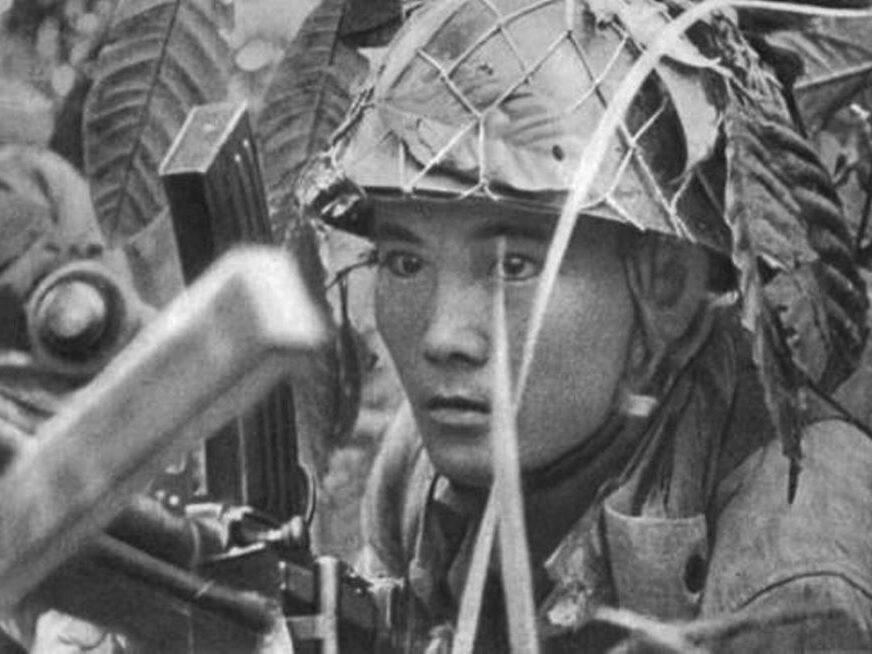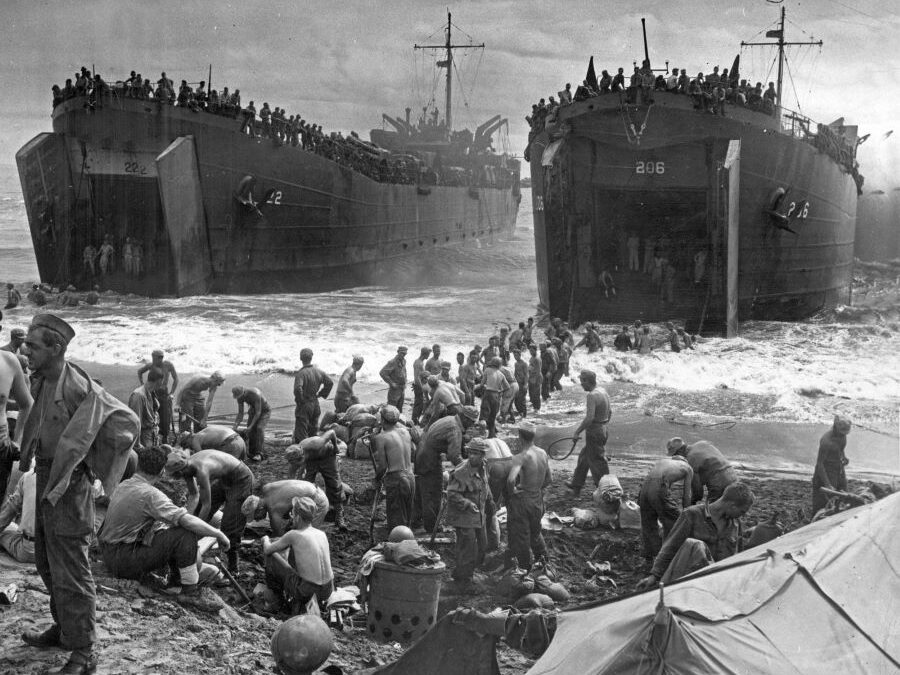セブ観音戦没者慰霊祭
セブ日本人会では、毎年終戦の日である8月15日に、マルコポーロホテルにあるセブ観音のもとで、戦没者慰霊祭を主催しています。一般の方のご参加も可能で、毎年ご遺族の方から若者まで100名を超える方々にご参列いただいています。
戦時中、フィリピンでは50万人以上の日本人が亡くなられ、さらにその倍以上のフィリピンの方々が犠牲になったと言われています。経済成長著しいフィリピンにおいて、このような悲劇的な歴史は忘れ去られようとしています。しかし、この歴史は決して忘れてはいけないものです。
今、ここセブで働き、セブに暮らす日本人が平和に過ごせることに感謝し、この地で亡くなられた方々の冥福と永遠の平和を祈って、セブ日本人会では戦没者慰霊祭を執り行い、戦争という悲劇を2度と繰り返さぬよう、次世代にこの地で起きた悲劇を伝えていきます。
戦没された方々への思いを改めて深く心に刻み、恒久平和の実現と人類繁栄を願って、、、、
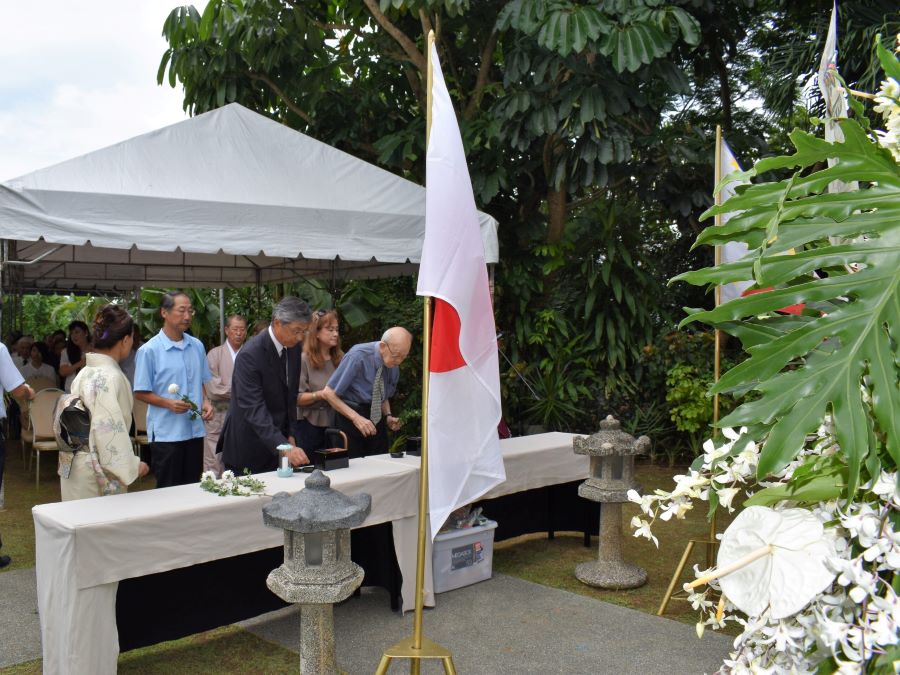
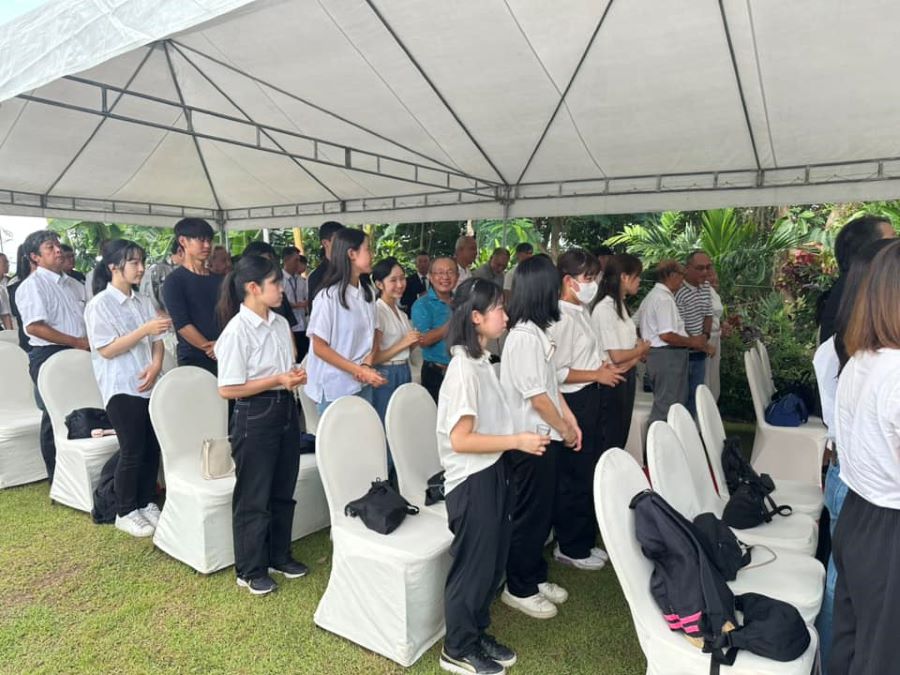
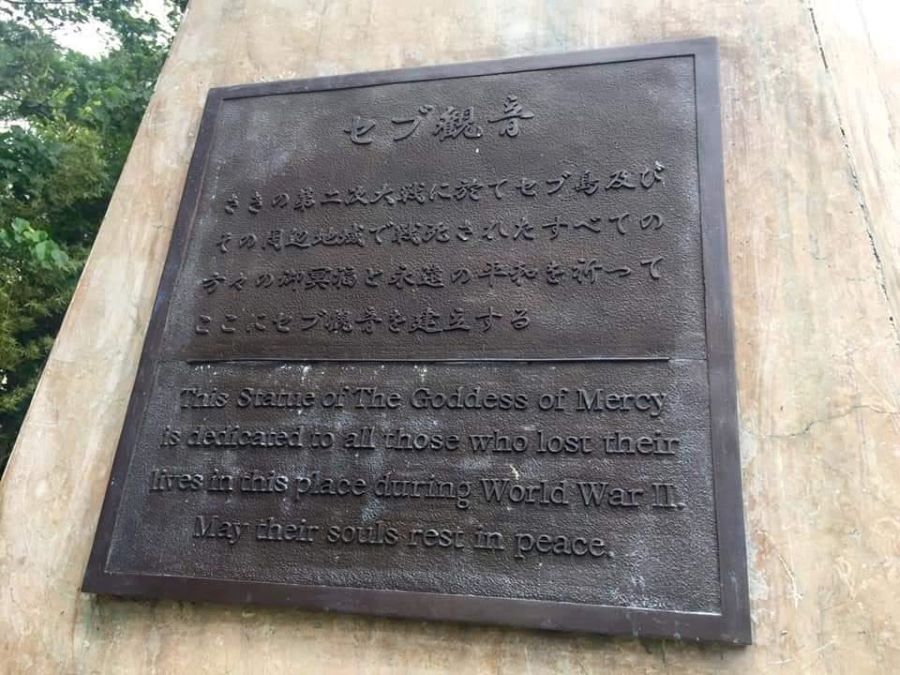
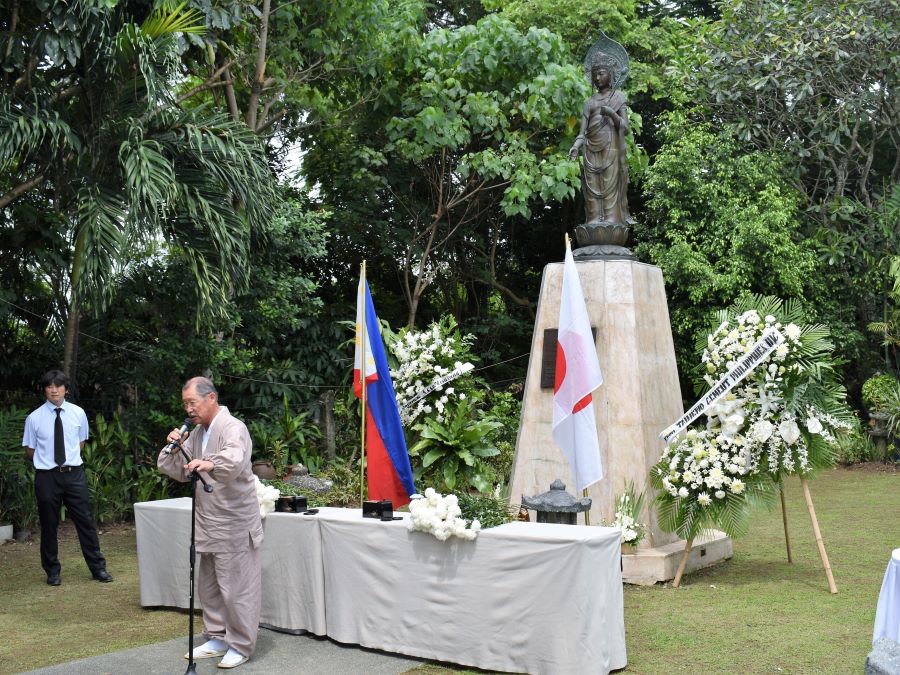
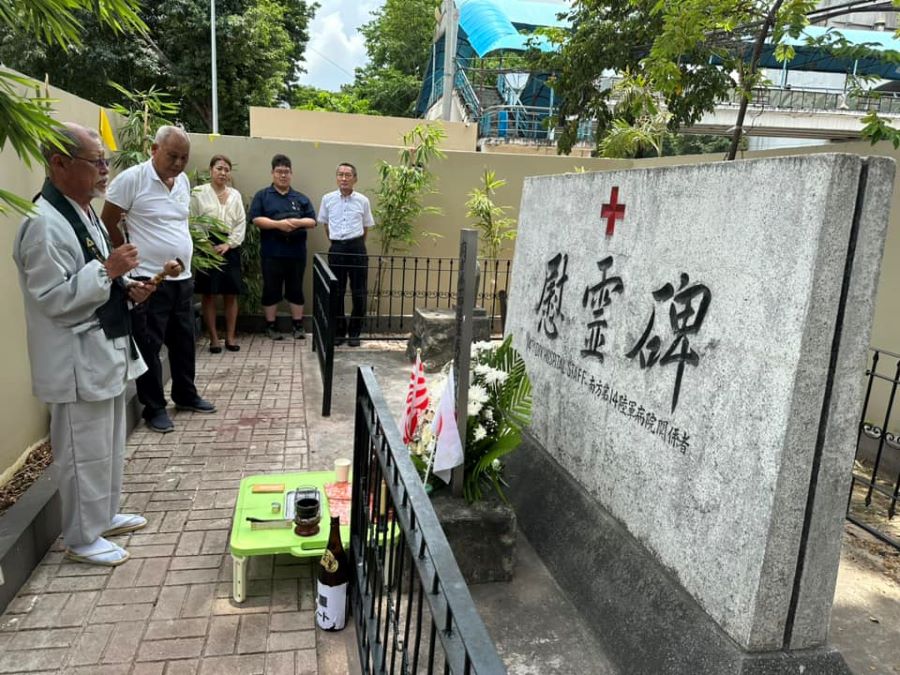
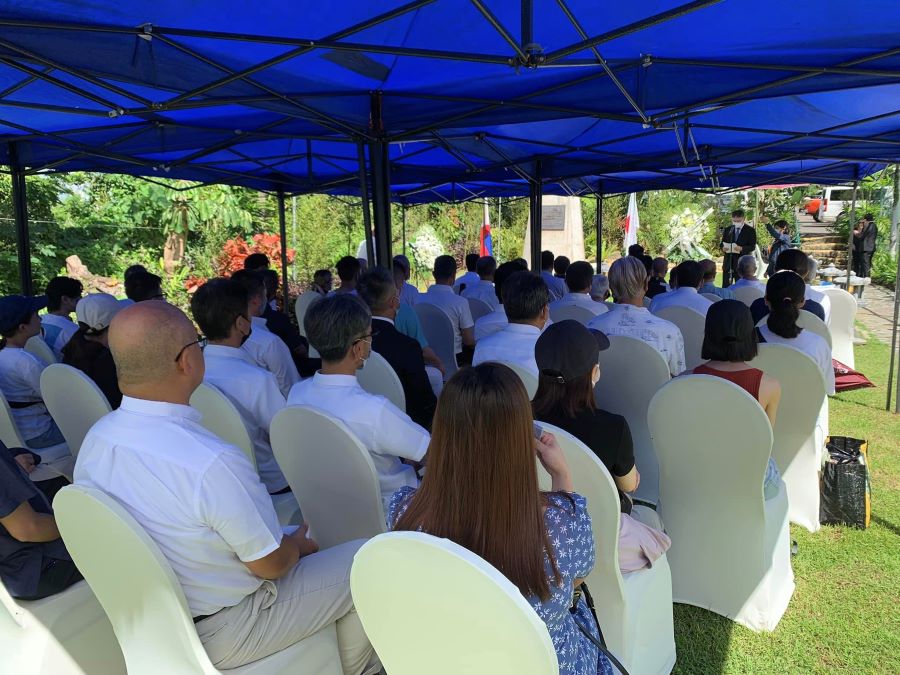
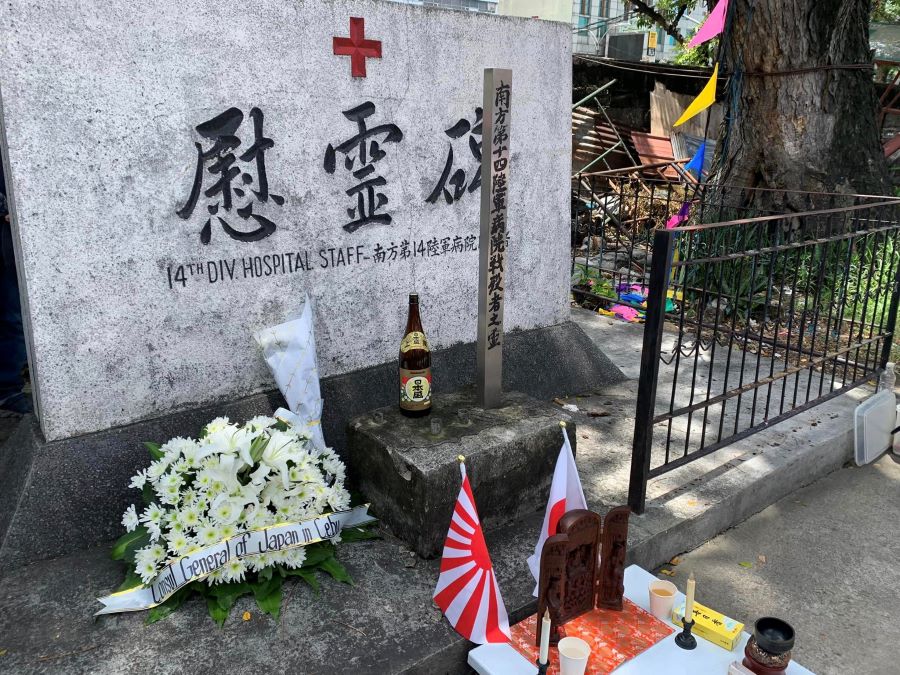
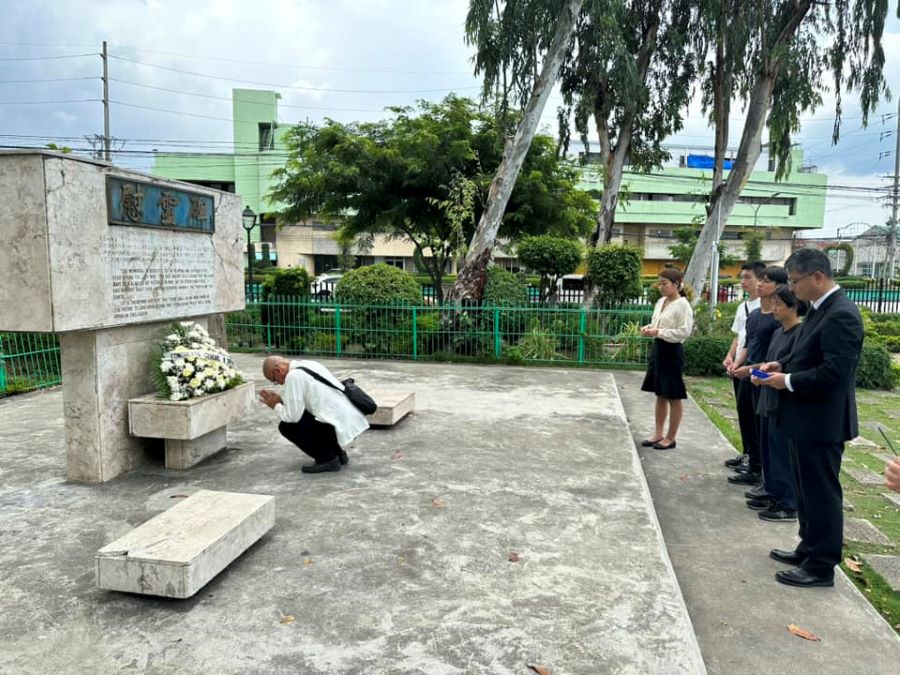
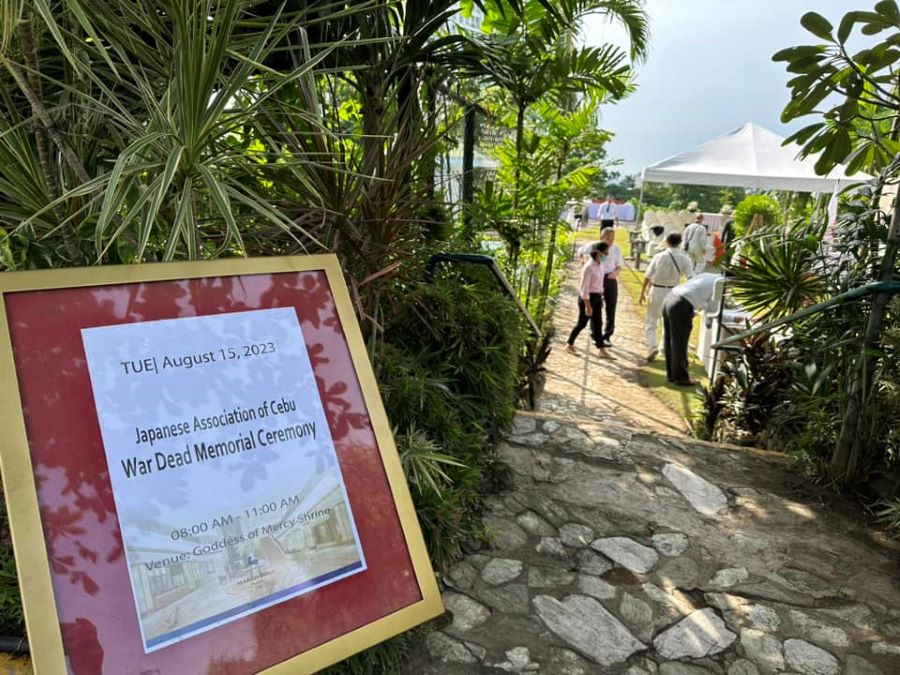
セブ観音の由来
マルコ・ポーロ・プラザ(旧. セブ プラザホテル)にある観音様は、セブ海軍部隊がレイテ島に落下傘降下しセブに転戦した陸軍挺身第三、四連隊(落下傘三、四会)及び有志の方々のご寄進によって1983年5月に建立されました。
1975年8月に二○一空会の手でこの場所に海軍の慰霊碑が建てられ、翌1976年に落下傘三、四会、続いて大阪府、神奈川県、愛知県安城市の各碑がそれぞれの遺族会により建てられましたが、1982年3月に、当時のセブ プラザホテルより、本館完成を機にこれら6基の碑を撤去してほしいという要請がありました。この事態を心配されていた元海軍少佐の岡田貞寛氏や、その経緯を知った当時のクラレケミカルの豊島社長をはじめとする先述の方々のご尽力により、6基の慰霊碑のあった場所に第二次世界大戦の日比両国の戦没者のご冥福と永遠の平和を祈って観音様が建立され、1983年5月21日に除幕式及び慰霊祭が執り行われました。この観音様の建立にあたっては、のちの管理や現地との融和を考慮しフィリピン観光省及び同セブ支部、在フィリピン日本国大使館などのご意見も頂戴しました。また、当時のセブ州知事、セブ市長、マンダウエ市長、フィリピン軍の陸、海、空、沿岸警備隊の各司令官、在郷軍人会長などをお招きし盛大なメモリアルパーティーが催され、建立の趣旨をご説明し、好意をもって見守って下さるようお願いがされました。
以来、この観音様の一画は庭園の一環としてマルコ・ポーロ・プラザが常に清掃、維持して下さっています。マルコ・ポーロ・プラザの皆様の温かいご支援に深く感謝申し上げます。
The Goddess of Mercy (Cebu Kan-Non)
The statue in front of Cebu Plaza Hotel is the Goddess of Mercy in Buddhisms which is called as “KAN-NON”.
This “KAN-NON” statue was built in May 1983 to propitiate the souls of all Filipinos and Japanese who lost their lives in the battles in and around Cebu Island at the World War II.
By the courtesy of the Cebu Plaza Hotel, this “KAN-NON” statue can be sited at the memorial spot from where we can see the runaway below that was used for many Japanese ZERO fighters holding bombs to take off for “KAMIKAZE” attacks on American warships.
In the morning of Mar. 26, 1945, the Americal Division under the command of General Arnold landed at Talisay which is located at south-western suburbs of Cebu city, and went into violent battle with the Japanese forces which had taken up a position in the northern part of Cebu city. Overwhelming firepower advantage of American forces made Japanese forces to evacuate their position and let them go into mountains for guerrilla warfare on April 16, 1945.
Most of Japanese soldiers in mountains were suffering from malaria, amoebic dysentery and dystrophy through the lack of foods and medicines, then many of them were dead.
Number of soldiers of Japanese forces at the time when American forces landed Cebu were 14,500 in total, consisting of 7,300 army men, 5,200 navy around Cebu city, and 2,000 army men in the northern part of this island. But at the end of this war, there were 8,500 survivors.
May their souls rest in peace.
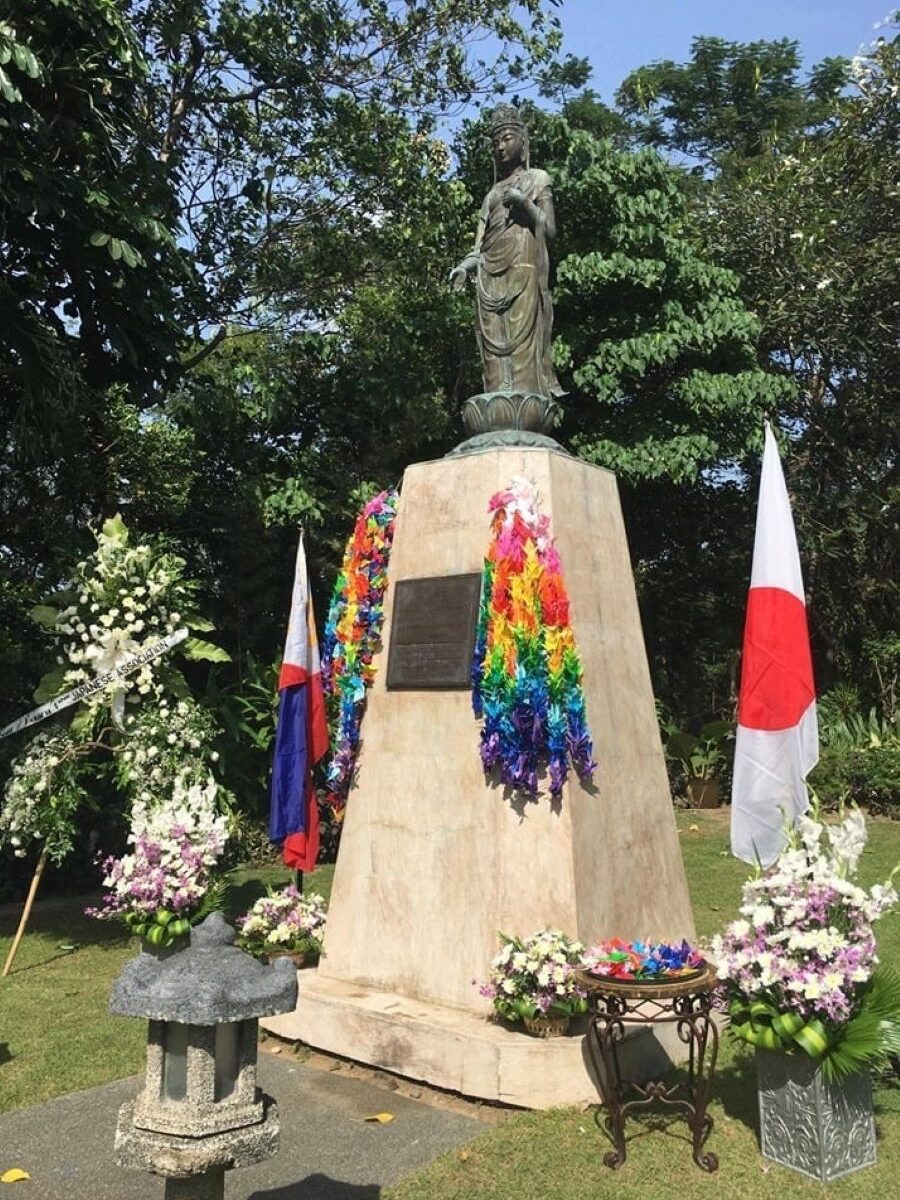

セブ観音にまつわる歴史を学ぶ
